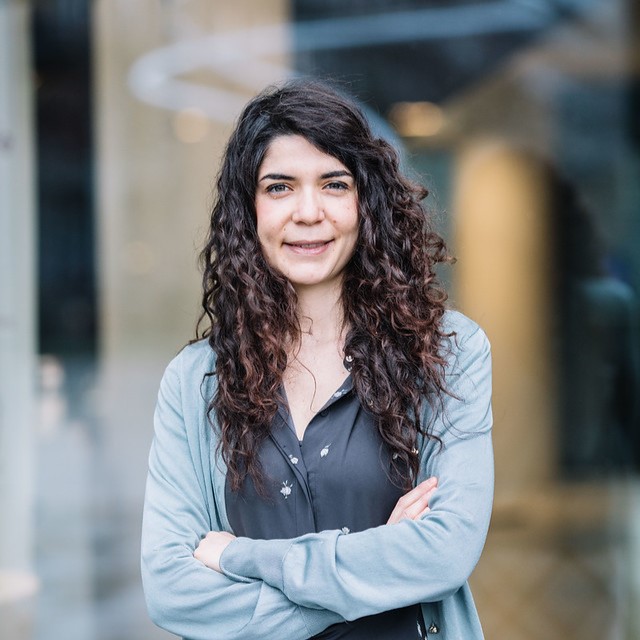Student projects
Bachelor and master projects, Eindhoven University of Technology, Electrical Engineering, 2025
Are you a student interested in a project on signal or image processing for biomedical applications? We have student’s projects (bachelor end projects, master internships and theses, erasmus exchanges) available in several application areas.
For more info, drop me a message at s.turco@tue.nl, or check our lab page section on student’s projects .
Quantitative ultrasound imaging for tissue characterization
We work on quantitative ultrasound imaging for tissue characterization in cardiovascular and oncological applications (prostate, breast, uterus, gastrointestinal). My projects combine complementary ultrasound biomarkers derived from B-mode, contrast-enhanced ultrasound, and elastography to capture anatomical, vascular, and mechanical tissue properties. By integrating these modalities, we aim to improve diagnostic accuracy and support treatment monitoring, ultimately making ultrasound a more powerful and accessible tool for patient care.
Lung ultrasound in preterm infants for assessment of lung opening
Preterm infants often face serious respiratory challenges due to underdeveloped lungs and insufficient surfactant production. Minimally Invasive Surfactant Therapy (MIST) is a widely used intervention to improve lung function, but its effectiveness can vary, especially in extremely premature infants. This project explores the use of lung ultrasound as a non-invasive tool to monitor lung aeration and structural changes before and after surfactant therapy. By combining ultrasound imaging with other physiological signals such as ECG, the study aims to better understand the mechanisms behind therapy success or failure and to identify early markers of treatment response. The ultimate goal is to support more personalized and timely respiratory care in neonatal intensive care settings.
Improving hemodynamic monitoring by ultrasound imaging and physiological modeling
This project explores how ultrasound-based technologies can improve the monitoring of blood pressure and cardiovascular status in critical care. By combining real-time ultrasound imaging with physiological modeling, the goal is to extract functional hemodynamic parameters—such as vascular compliance and flow dynamics—without relying on invasive methods.
Multimodal assessment of muscle fatigue
This project investigates muscle fatigue using a multimodal sensing approach that combines ultrasound imaging, electromyography (EMG), near-infrared spectroscopy (NIRS), and force measurements. By integrating data on muscle architecture, stiffness, oxygenation, and contractile activity, the research aims to provide a more complete understanding of how muscles respond to fatigue during exertion. Ultrasound imaging plays a key role by capturing changes in muscle structure and mechanical properties in real time, offering insights that complement electrical and metabolic measurements. The research focuses on the biceps muscle during isometric contraction and has applications in sports science, rehabilitation, and injury prevention.
